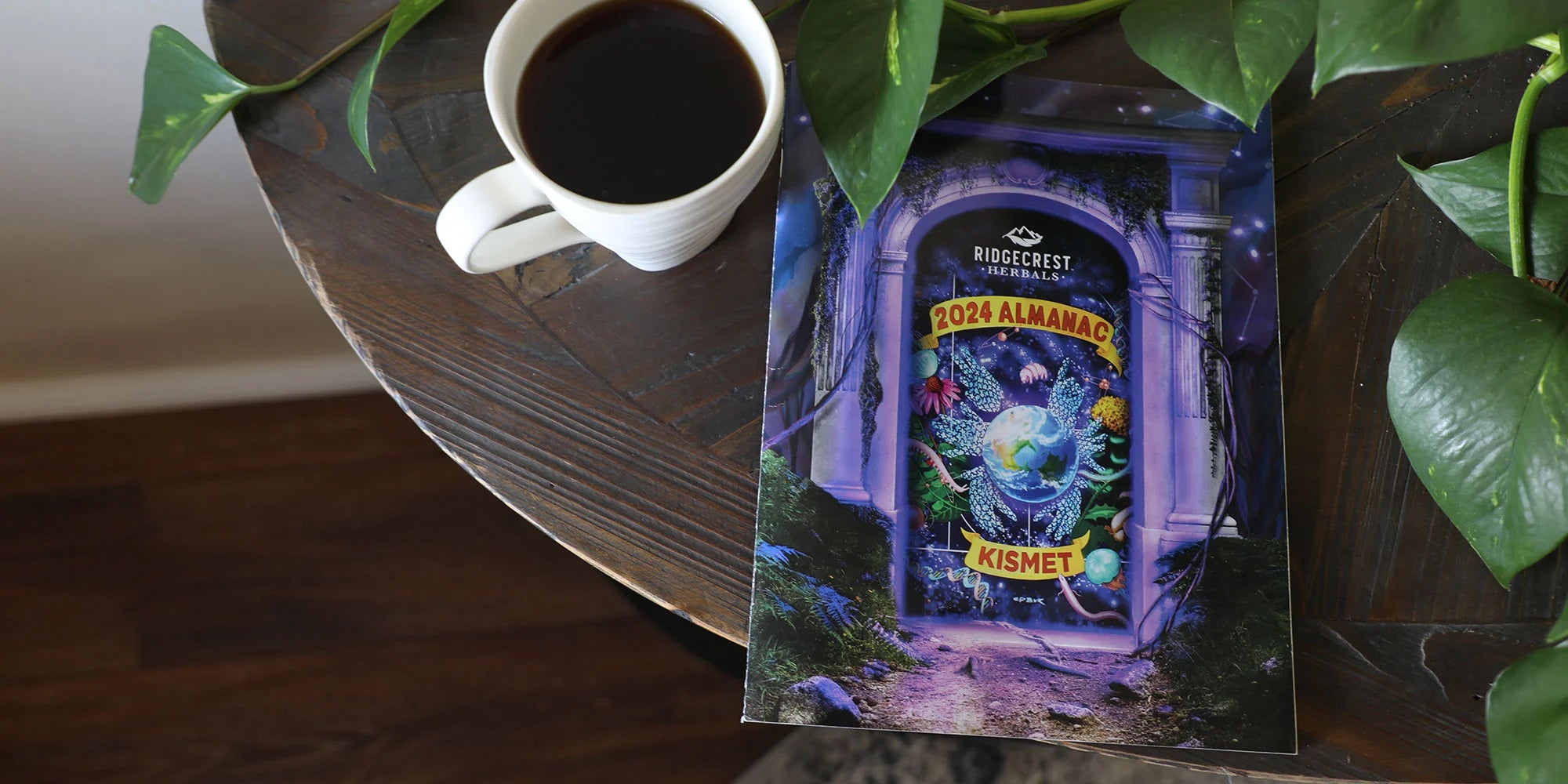Hugelkultur (hoo-gul-culture), or “mound culture,” is a gardening technique where a mound is constructed from decaying wood debris and other compostable plant materials and planted as a raised bed. The term coined in 1962 by Herrman Andra, who was inspired by the diversity and success of plants growing in debris. It’s popular now as it is sustainable and effective in desert climates. Because they retain water, there is no need for irrigation. They provide a constant source of nutrients for plants - no fertilization needed. A large bed might provide 20 years of nutrients, and the composting materials generate heat, extending your season.
To start, you need wooden logs and branches to fill the bottom of your raised bed. Avoid trees like Black Walnut or Cedar, because they naturally produce pesticides, herbicides, and other counterproductive elements. Then add pine needles, grass clippings, leaves, straw, cardboard, and other compostables to your mix. Spread it over the logs and branches as a filler. Top with compost and then plant. Add some nitrogen to the soil if you plan on using the boxes right away, or plant crops that add nitrogen to the soil. The non-decomposing wood will use the nitrogen in the earth to begin the decomposition process, then become self-sustainable. Good luck!



